How to connect a generator?
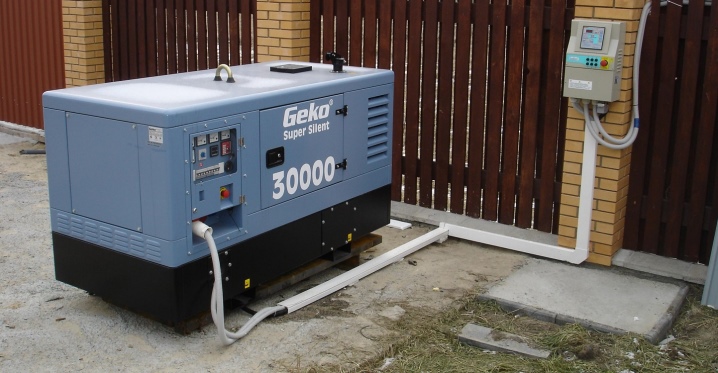
Today, manufacturers produce different models of generators, each of which is distinguished by an autonomous power supply device, as well as an introductory panel diagram. Such differences make changes in the ways of organizing the operation of the units, therefore it is worth figuring out how to connect the generator so that the device works safely and efficiently.
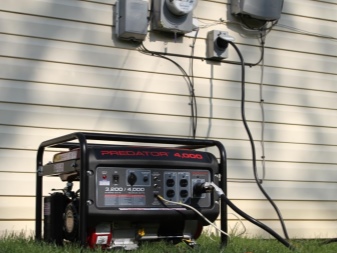
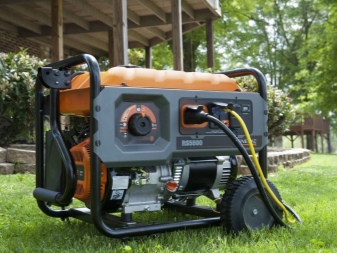
Fundamental rules
There are several rules, the consideration of which will help ensure a reliable connection of the mobile power plant to the network. Among them are the following.
- When grounding the generator, avoid connecting one of its outputs to the common PE bus. Such grounding will lead to rotting of the wires, as well as the failure of the structure. In addition, a voltage of 380 V will appear on each grounded device.
- The connection of low-cost power generators must occur without interference in the network. Any voltage fluctuation negatively affects the mobile power plant, impairing its performance.
- To organize a backup power supply for a medium or large house, three-phase generators with a capacity of 10 kW or more should be used. If we are talking about providing electricity for a small space, then units of lower power can be used.
- It is not recommended to connect inverter generators to the common bus of the home network. This will damage the device.
- The generator must be grounded before being connected to the mains.
- When connecting an inverter generator, it is necessary to provide for a dead-grounded neutral of one of the unit outputs in the design.
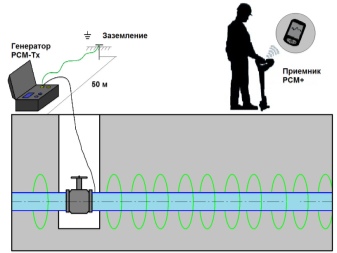
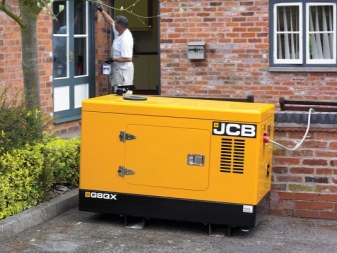
With the help of these rules, it will be possible to organize the smooth operation of the system.
Emergency connection
Often during the operation of the generator, situations arise when there is not much time for preparatory work or wiring the device. Sometimes it is necessary to urgently provide a private house with electricity. There are several ways by which it will be possible to urgently connect the unit to the network. It is worth considering in more detail how to urgently turn on the generator in a country house.
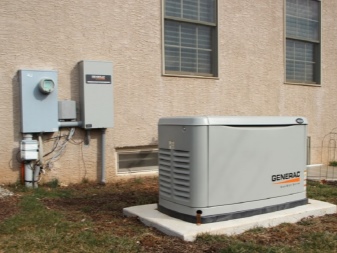
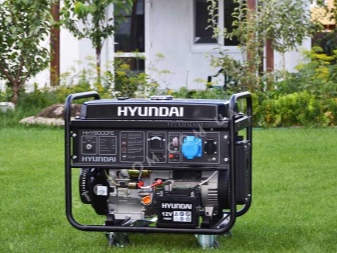
Through an outlet
It is considered the most popular way to connect a station to the network. To complete the procedure, you will need to buy or make your own hands an extension cord equipped with plug ends.
It should be noted that generator manufacturers do not recommend this method, however, many are attracted by the simplicity of the work carried out. Therefore, most owners of small power plants perform exactly the outlet connection of the unit when it comes to an emergency.
The principle of the method is not complicated. If two terminals are simultaneously connected to one of the sockets: "phase" and "zero", when the other consumers of the electrical network are connected in parallel to each other, then voltage will also appear in the remaining sockets.
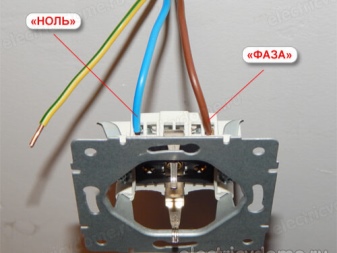

The scheme has several disadvantages. In order to avoid various problems during the connection process, it is necessary to take into account the disadvantages. Among the common ones are:
- increased load on the wiring;
- turning off the machine responsible for the input;
- the use of devices that provide protection against network outages;
- inability to track when there is a resumption of electricity supply by a regular line.
Taking these points into account will prevent the risk of a possible interruption in the operation of the device and will lead to its safe connection.
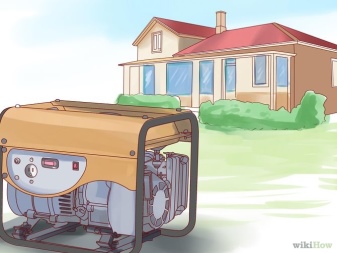
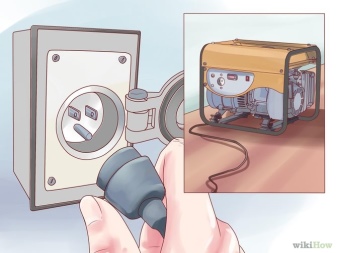
Consideration of one nuance deserves special attention. It is overload wiring, which can be encountered using this method. There is little risk of overloading when a home uses a 3 kW backup power supply. This is explained by the fact that the cross-section of standard wiring has an area of 2.5 mm2. The socket to which the wiring is connected is capable of receiving and releasing a current of 16 A. The maximum power that can be started in such a system without disturbing the generator is 3.5 kW.
If it comes to more powerful generators, then this nuance must be taken into account. For this the total power of devices that consume electricity should be determined. It should not exceed 3.5 kW.
If this happens, the wiring will burn and the generator will break down.
When there is an emergency switching on of the generator by means of the socket method, you must first disconnect the socket from the existing line. This is done by turning off the receiving machine. If this moment is not foreseen, then the current that the unit starts to generate will make a "trip" to the neighbors, and in case of increased load, it will completely fail.

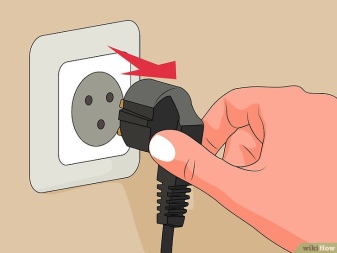
Correctly mounted wiring, in the device of which the requirements of the PUE were taken into account, provides for the protection of outlet lines, as well as RCDs - devices for protective deviation of electricity indicators.
In the event of an emergency connection of the station to the network, it is important to take this point into account and pay close attention to the polarity. In some RCDs, the mobile station is connected to the terminals located at the top. The load source is connected to the lower ones.
Incorrect terminal connections will shut down the system when attempting to start the generator. In addition, the risk of failure of the power generating device increases. In this case, you will have to completely redo the electricity supply circuit. Such an occupation will take a lot of time and effort, and it is clearly not worth it to keep the station running for a couple of hours.
The rosette method has several disadvantages, and the main one is the inability to track when a potential difference appears in the network. Such observations help determine when it is possible to stop the operation of the generator and return to receiving electricity from the regular line.

Through the distributor machine
The most reliable option, which involves connecting the generator to an automatic distribution of electric current. However, this method also contains a number of nuances and features that must be taken into account for emergency switching on of a mobile power plant.
A simple solution in this case would be to connect a mobile station using diagrams for the implementation of the device and sockets... In this case, the latter is recommended to be installed near the switchgear.
The advantage of such outlets is that voltage is retained in them even if the machine is turned off... However, the automatic input must work.
If required, this machine can also be turned off, and an autonomous power source can be installed in its place.
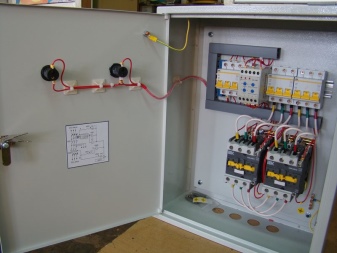
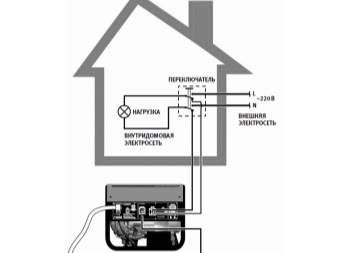
This option provides the only restriction in the form throughput of the socket... It is worth recalling that more often this indicator does not exceed 16 A. If there is no such outlet, then this significantly complicates the procedure for connecting the generator, but there is a way out. To carry out operational work, you will need:
- fold back the wiring responsible for supplying regular electricity;
- connect instead of it to the distributor "phase" and "zero" belonging to the generator;
- take into account the polarity of the wires when connecting, if an RCD is installed.
After disconnecting the line wiring from the switchgear, there is no need to disconnect the input device. It is enough to install a test lamp on the free terminals of the wires. With its help, it will be possible to determine the return of regular electricity and stop the operation of the mobile power plant in time.

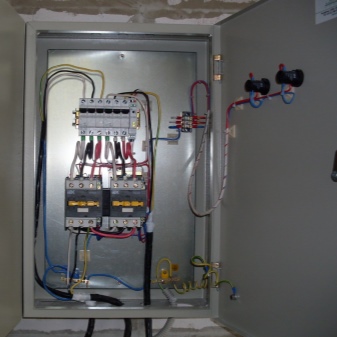
How to use a rocker switch?
This connection method resembles the second method, where a switchgear is involved. The only difference is that when using the method, you do not need to disconnect the input wiring from the network. Before connection, it is necessary to install the switch with the provided three positions. You need to mount it in front of the machine. This will help avoid loosening the wires.
The switch is responsible for switching the power supply from the mains to the backup source. In other words, electricity can be supplied both from the regular network and from the generator by changing the position of the switches. When choosing a suitable breaker, it is recommended to give preference to a device that has 4 input terminals:
- 2 per "phase";
- 2 to zero.
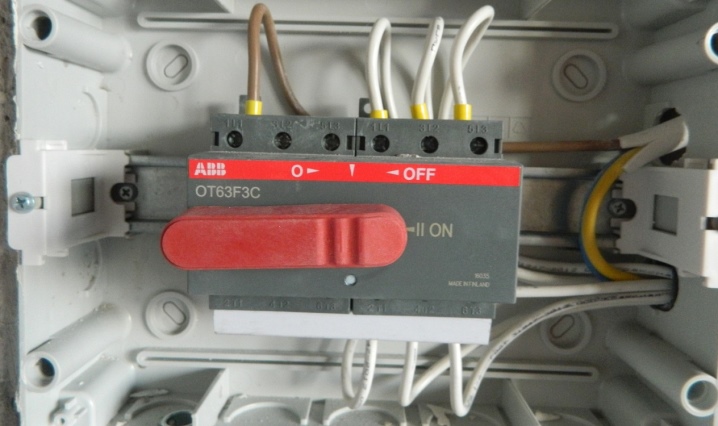
This is explained by the fact that the generator has its own "zero", so a switch with three terminals is not suitable for use.
Another alternative to a three-position switch is installation of a pair of automatic machines regulating two lanes. In this case, it is necessary to rotate both machines at an angle equal to 180 degrees. The device keys should be pinned together. For this, special holes are provided. During operation, changing the position of the keys of both machines will block the power supply from the external line and allow the generator to be activated.
Reverse action of the switch will initiate current from the power line and the generator will stop operating as its terminals are locked.
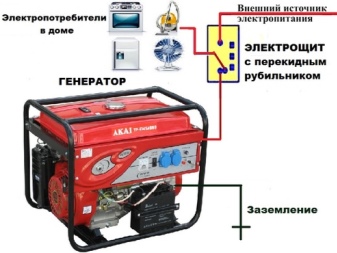

For ease of use, it is recommended to install the circuit breaker next to the mobile power station. The launch must be carried out in a specific sequence:
- first you need to start the generator;
- then let the device warm up;
- the third step is to connect the load.
For the procedure to be successful, the best option would be to observe its execution in one place.
To prevent the generator from wasting, it is necessary to install a light bulb next to the switch and bring the wiring to it. As soon as the lamp lights up, you can turn off the autonomous source and switch to using electricity from the standard network.

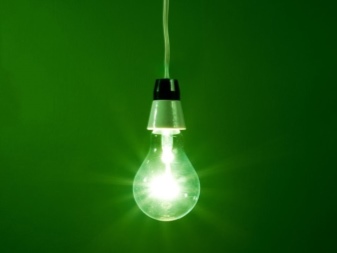
Organization of auto-switching
Not everyone will like to change the position of the circuit breaker with their own hands in the event of a power outage. In order not to have to constantly monitor when the current stops flowing from the mains, it is worth organizing a simple auto-switching system. With its help, as soon as the gas generator is started, it will be possible to immediately organize the transition to the backup source.
To mount an automatic circuit breaker switching system, you will need to stock up on two cross-connect starters. They are called contactors. Their work involves two types of contacts:
- power;
- normally closed.


Additionally you will need to buy time relay, if you want to give the generator a few minutes to warm up before starting work.
The operating principle of the contactor is simple. When the supply of electricity to the external line is restored, its coil blocks access to the power contacts and opens access to the normally closed ones.
The loss of voltage will lead to the opposite effect. The device will block the normally closed contacts and start the time relay. After a certain time interval, the generator will begin to generate electricity, supplying the required voltage. It will immediately be directed to the contacts of the reserve course.
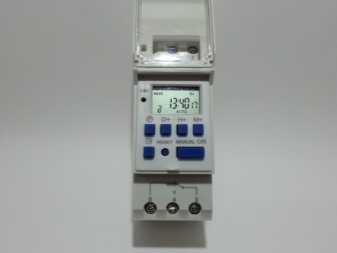
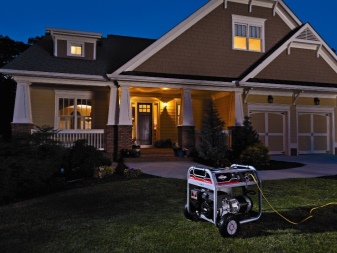
This principle of operation will make it possible to timely organize the blocking of contacts of the external network and ensure the supply of electricity by the mobile station.... As soon as the voltage supply from the line is restored, the coil of the main starter will turn on. Its action will close the power contacts, and this will lead to automatic shutdown of the generator.
To ensure the efficient operation of all devices, the home owner must remember to disconnect the unit from the network so that it does not work in vain.
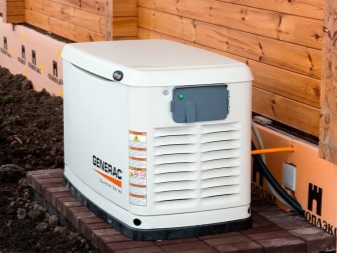
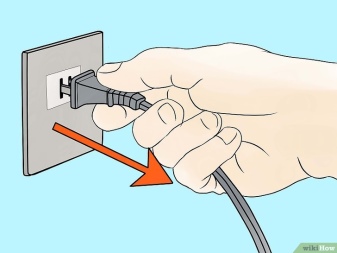
For information on how to safely connect a gas generator, see the next video.













The comment was sent successfully.